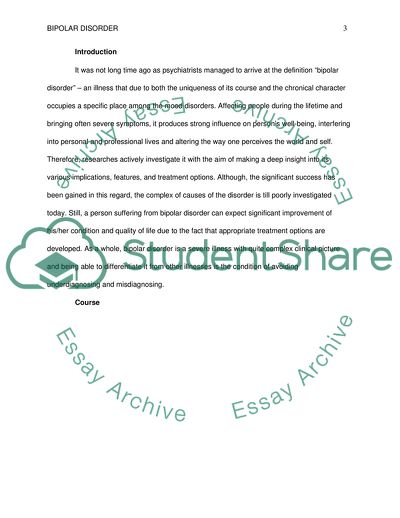Cite this document
(Bipolar Disorder Coursework Example | Topics and Well Written Essays - 2750 words, n.d.)
Bipolar Disorder Coursework Example | Topics and Well Written Essays - 2750 words. https://studentshare.org/health-sciences-medicine/1838657-summarizing-the-research-on-a-particular-disorder-bipolar-disorder
Bipolar Disorder Coursework Example | Topics and Well Written Essays - 2750 words. https://studentshare.org/health-sciences-medicine/1838657-summarizing-the-research-on-a-particular-disorder-bipolar-disorder
(Bipolar Disorder Coursework Example | Topics and Well Written Essays - 2750 Words)
Bipolar Disorder Coursework Example | Topics and Well Written Essays - 2750 Words. https://studentshare.org/health-sciences-medicine/1838657-summarizing-the-research-on-a-particular-disorder-bipolar-disorder.
Bipolar Disorder Coursework Example | Topics and Well Written Essays - 2750 Words. https://studentshare.org/health-sciences-medicine/1838657-summarizing-the-research-on-a-particular-disorder-bipolar-disorder.
“Bipolar Disorder Coursework Example | Topics and Well Written Essays - 2750 Words”. https://studentshare.org/health-sciences-medicine/1838657-summarizing-the-research-on-a-particular-disorder-bipolar-disorder.


